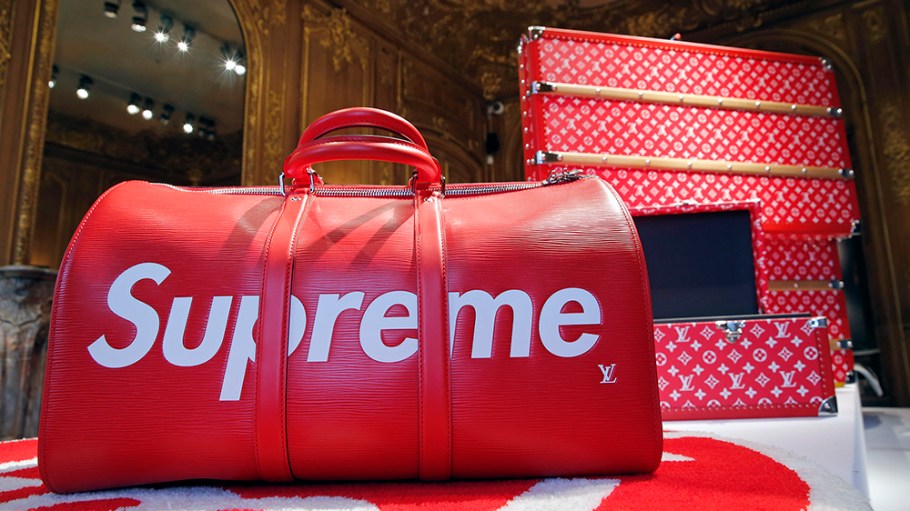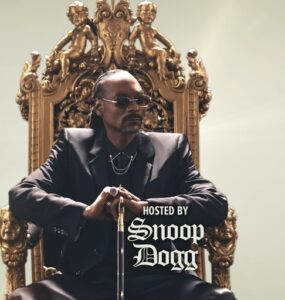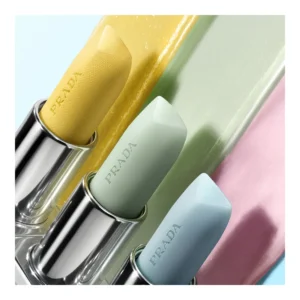Streetwear has long defied expectations, evolving from niche subcultures into a multi-billion-dollar industry. What began as a movement tied to skateboarding, graffiti, and hip-hop has transformed into a global phenomenon, merging with high fashion to redefine luxury. However, according to industry experts, streetwear is undergoing another shift—this time, back to its roots. Retailers, designers, and cultural commentators are taking note as the industry realigns with authenticity, creativity, and the community-driven ethos that birthed it.
A poignant example of streetwear’s journey is the Louis Vuitton x Supreme Keepall bag, showcased during The Rise of Supreme: 30 Years of American Urban Culture at the Artcurial auction house. This collaboration, emblematic of streetwear’s peak commercialization, also marks a turning point. As brands assess where the market is heading, the exhibition and its curated pieces act as both a celebration and a reflection on how far the movement has come—and where it might go next.
Streetwear’s Journey to Luxury
The Roots of Streetwear
Streetwear began as an underground movement in the late 1970s and early 1980s, with brands like Stüssy, Supreme, and The Hundreds emerging from skateboarding, punk rock, and hip-hop subcultures. These brands were founded on the principles of DIY aesthetics, authenticity, and exclusivity—values that resonated deeply with their communities.
What set streetwear apart was its ability to create a lifestyle. It wasn’t just about clothing; it was a statement of identity. The limited production runs created hype, while the designs often reflected the social and cultural sentiments of the time. Streetwear became a way for marginalized voices to express themselves, merging style with rebellion.
The Luxury Connection
Streetwear’s collaboration with high fashion began to solidify in the 2010s, with luxury brands like Louis Vuitton, Gucci, and Balenciaga tapping into its cultural cachet. The Louis Vuitton x Supreme collaboration in 2017, which included the now-iconic Keepall bag, symbolized the peak of this crossover. With its bold red Epi leather and Supreme’s unmistakable box logo, the Keepall epitomized the fusion of street culture and luxury craftsmanship.
These collaborations brought streetwear into the mainstream, expanding its audience while introducing exclusivity to a broader market. However, this commercialization also diluted some of the movement’s original values, leading to questions about its future.
The Significance of Louis Vuitton x Supreme
A Defining Collaboration
The Louis Vuitton x Supreme collection was a cultural watershed moment. It represented not only the growing synergy between streetwear and luxury but also a shift in how high fashion viewed subcultures. Supreme, a brand rooted in skateboarding, brought its edge and authenticity to Louis Vuitton’s heritage of luxury, creating a collection that resonated across demographics.
The Keepall bag was one of the standout pieces, combining functionality with bold branding. Its display at The Rise of Supreme exhibition underscores its status as a cultural artifact. This travel bag wasn’t just an accessory—it was a statement about the democratization of luxury and the mainstream acceptance of streetwear.
Cultural Critique
While the collaboration was widely celebrated, it also sparked debate about the commercialization of streetwear. For purists, it symbolized the movement’s departure from its grassroots ethos. Yet, for others, it was proof of streetwear’s power to disrupt traditional hierarchies in fashion.
Streetwear’s Return to Its Roots
As the luxury-streetwear fusion reaches maturity, industry insiders predict a shift back to the movement’s original principles. Here’s how this transition is taking shape:
1. Reprioritizing Community
At its core, streetwear has always been about community. The rise of digital platforms has made it easier than ever for brands to connect directly with their audiences. Independent labels like PLEASURES and Chinatown Market are embracing smaller production runs, emphasizing engagement over mass appeal.
2. Sustainability
Today’s consumers demand more accountability from brands, and streetwear is no exception. The new wave of streetwear emphasizes sustainability, with labels incorporating recycled materials and ethical practices. This mirrors the DIY ethos of early streetwear, where creativity often stemmed from limited resources.
3. Rejecting Overcommercialization
The success of collaborations like Louis Vuitton x Supreme paved the way for countless tie-ins between luxury and streetwear, but not all have resonated authentically. As the market becomes oversaturated, both brands and consumers are pushing back against collaborations that feel forced or inauthentic.
4. Celebrating Localism
Many streetwear brands are shifting their focus to local communities and cultural storytelling. This approach hearkens back to the early days of the movement, when streetwear served as a reflection of local subcultures and their unique identities.
The Role of Exhibitions Like “The Rise of Supreme”
The Rise of Supreme: 30 Years of American Urban Culture exhibition at Artcurial auction house offers a timely reflection on streetwear’s evolution. By highlighting pieces like the Louis Vuitton x Supreme Keepall bag, it celebrates the creative achievements of the movement while prompting questions about its future.
A Cultural Retrospective
The exhibition serves as a cultural retrospective, showcasing Supreme’s journey from a niche skateboarding brand to a global phenomenon. It also contextualizes streetwear within the broader landscape of urban culture, emphasizing its role in shaping music, art, and identity.
A Platform for Discussion
Beyond celebrating Supreme, the exhibition sparks important conversations about streetwear’s trajectory. What does authenticity mean in a hyper-commercialized world? How can the movement retain its relevance while embracing new audiences? These questions are crucial as the industry looks to the future.
The Future of Streetwear
1. A Focus on Independent Labels
As streetwear moves away from mass-market appeal, independent brands are reclaiming the spotlight. These labels are smaller in scale but larger in impact, offering innovative designs that stay true to the movement’s roots.
2. Blurring Gender Lines
Streetwear has always been gender-fluid, but the future will see even more inclusivity. Brands are embracing unisex designs that appeal to a diverse range of consumers.
3. Integration with Technology
The next frontier for streetwear lies in its integration with technology. From NFT collaborations to augmented reality shopping experiences, the movement is finding new ways to connect with audiences.
Conclusion: Streetwear’s Timeless Appeal
The Louis Vuitton x Supreme Keepall bag, showcased during The Rise of Supreme exhibition, represents a pivotal moment in streetwear history—a point where the underground movement met the pinnacle of luxury. Yet, as industry experts note, streetwear’s true strength lies in its ability to adapt and evolve.
As the movement returns to its roots, it reclaims the values that made it a cultural force: authenticity, creativity, and community. Whether through independent labels, sustainable practices, or renewed local focus, streetwear’s future is as dynamic as its past. For fans and collectors alike, pieces like the Keepall bag serve as reminders of the journey, celebrating a culture that continues to shape the world.
No comments yet.







